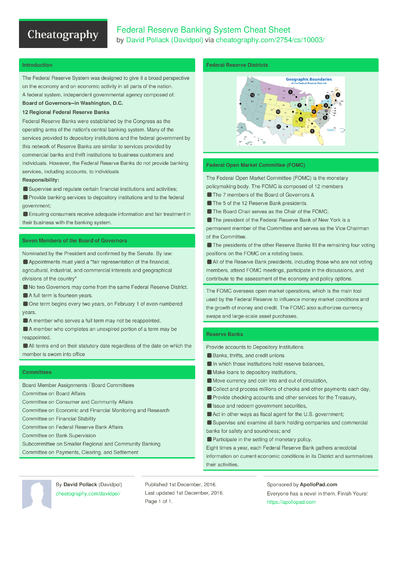
$ ^ for Unicode and for non-Unicode, ECMAScript behavior. Preceding a special matching character, see below.Ĭharacters other than. Preceding one of the above, it makes it a literal instead of a special character. Use this cheat sheet as a handy reminder when working with regular expressions. Logical grouping of part of an expression.Ġ or 1 of previous expression also forces minimal matching when an expression might match several strings within a search string. Regular expressions are one of the most widely used tools in natural language processing and allow you to supercharge common text data manipulation tasks. All characters are made up of one or more graphemes in a Regular Expression Cheat Sheet (.NET Framework) Graphemes: Is either a codepoint or a character.
#Regex cheat sheet code


Looks ahead at next characters to not match on Looks ahead at the next characters without using them in the match You can specify that specific characters must appear before or after you match, without including those characters in the match. Reference previous captures where n is the group index starting at 1 In order to extract specific parts of a string, you can capture those parts, and even name the parts that you captured.
#Regex cheat sheet full
If you need more information on a specific topic, please follow the link on the corresponding heading to access the full article or head to the guide. Match the minimum number of times - known as a lazy quantifier This page provides an overall cheat sheet of all the capabilities of RegExp syntax by aggregating the content of the articles in the RegExp guide. Rather than matching single instances of characters, you can match repeated characters. Match metacharacters inside the character class Rather than matching specific characters, you can match specific types of characters such as letters, numbers, and more.Įscape a metacharacter to match on the metacharacterĬharacter classes are sets or ranges of characters. Match characters in the middle of other non-space characters Match characters at the start or end of a word They allow you to group regexes together to apply other regex features like quantifiers (see below) to the group.Īnchors match a position before or after other characters.

Metacharacter: Metacharacters signify to the regex engine that the following character has a special meaning.So if you are trying to represent an “r,” you would write r. It simply matches the actual character you write. Literal Character: A literal character is the most basic regular expression you can use.Regex can be very simple to describe specific words, or it can be more advanced to find vague patterns of characters like the top-level domain in a url. Since regex describes patterns of text, it can be used to check for the existence of patterns in a text, extract substrings from longer strings, and help make adjustments to text. Two common programming languages we discuss on DataCamp are Python and R which each have their own engines. A list of popular engines can be found here. To process regexes, you will use a “regex engine.” Each of these engines use slightly different syntax called regex flavor. Use this cheat sheet as a handy reminder when working with regular expressions.įor a downloadable version of this cheat sheet, press on the image above More on regular expressions Regular expressions are one of the most widely used tools in natural language processing and allow you to supercharge common text data manipulation tasks. Regular expressions (regex or regexp) are a pattern of characters that describe an amount of text.


 0 kommentar(er)
0 kommentar(er)
